November 30, 2025
In his post-FOMC meeting press conference in late October, a meeting in which the Fed delivered its second 25 basis point rate cut of 2025, Federal Reserve Chairman Jerome Powell said that a December rate cut was “far from” a foregone conclusion. With the absence of key economic data resulting from the longest government shutdown on record, a series of Fed speeches has offered little clarity on the Fed’s next move. Several officials appearing to favor a pause until further data arrives. While the shutdown has ended and delayed economic data has begun to be released in a piecemeal fashion, the disruption of data collection process leaves many questions about the accuracy and timeliness of the data being released.
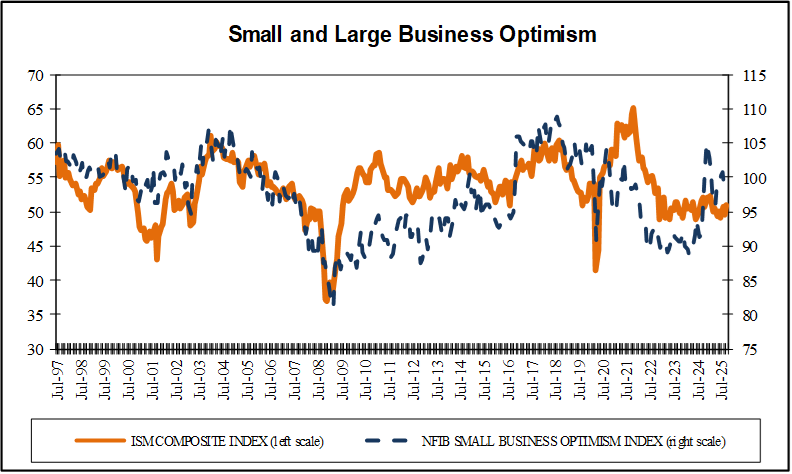
Both business and consumer sentiment surveys indicate that Americans are downbeat about the economy. The National Foundation of Independent Businesses (NFIB) Small Business Optimism Index eased to a six-month low, dragged down by less optimism about the economy’s outlook. The Institute for Supply Management (ISM) monthly surveys in the manufacturing and services sectors showed that employment remains in contractionary territory while price growth remains elevated.
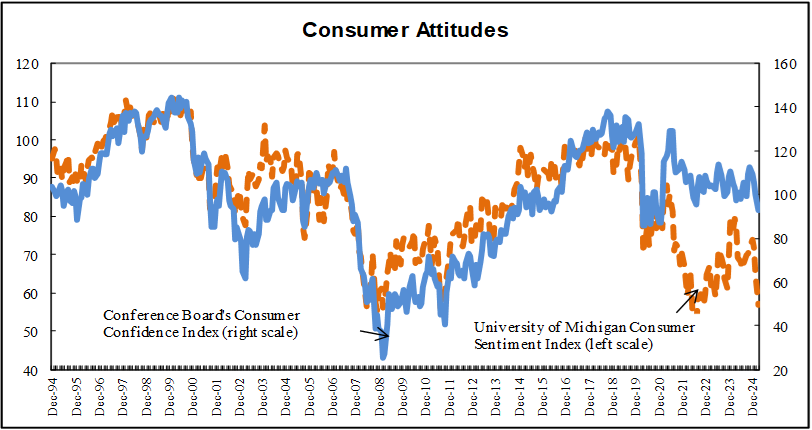
Many consumers are feeling unsure about their future income. They are facing household budget crunches as economic growth cools and the job market weakens. The labor market saw its worst October for layoffs in more than two decades. The economy has become increasingly bifurcated as higher-income households continue to spend while lower-income households have been forced to pull back. Inflation has outpaced the after-tax wage growth for lower-income individuals since the start of the year, while total household debt swelled by $197 billion over the third quarter to $18.5 trillion, according to the latest data from the New York Fed.
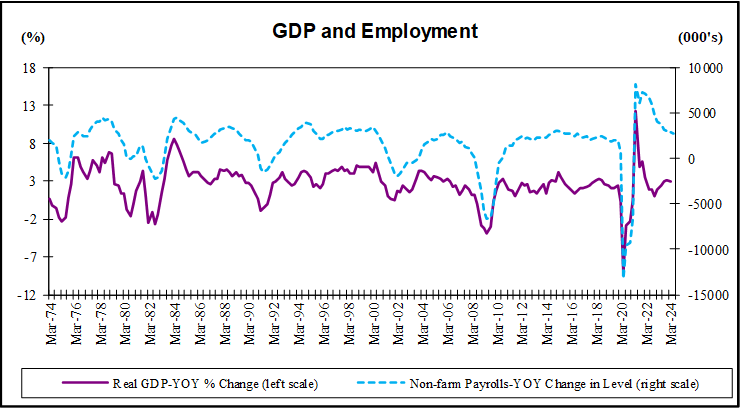
The first employment report since the long government shutdown was mixed. September’s non-farm payrolls surprised to the upside with private sector hiring rising at the fastest clip in five months, according to the Bureau of Labor Statistics (BLS). There were some questions about the seasonal adjustment, and the report did not include more than 150,000 government employees who accepted the administration’s deferred resignation offer. This decline will appear in the October and November employment reports, which will not be released until after the FOMC meets in December. The unemployment rate, which some Fed officials consider to be the most important information, ticked up to 4.4%, the highest it’s ever been since October 2021. The broader unemployment rate, which includes persons marginally attached to the labor force plus total employed part time for economic reasons, ticked down to 8.0%. The weekly initial and continuing claims for unemployment benefits were also released with the employment report. Continuing claims continued their upward trend while initial claims have held steady. The key takeaway was that the labor market wasn’t deteriorating rapidly before the government shutdown, but companies continued to be slow to hire and slow to fire.
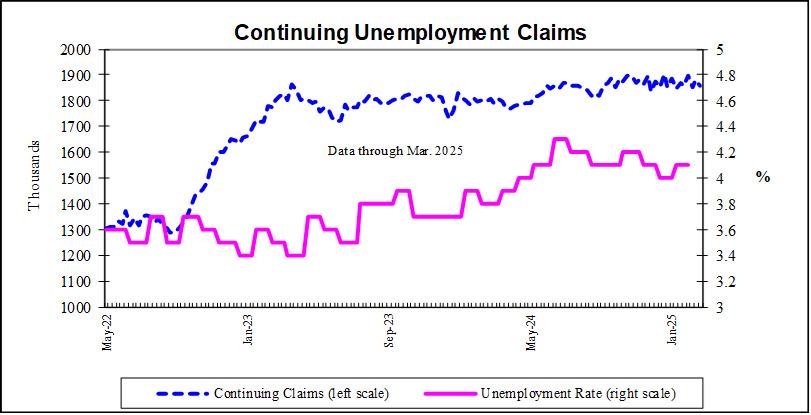
The first payroll report since the shutdown fell short of offering a clean path for the Fed as it heads toward its final meeting of the year on December 9th and 10th. The minutes of the FOMC’s October 28th and 29th meeting suggest the decision to cut 25 basis points at that meeting was a closer call than previously believed. Comments from Fed officials and the minutes revealed that Committee members were divided about the appropriate policy stance in both the short run and the long run. While most participants seem to favor reducing the policy rate over time, several were disinclined to think it appropriate for the December 9th and 10th meeting. With older economic data now leaking out at an erratic pace and current date delayed or missing, uncertainty surrounding the economic outlook remains elevated and the Fed’s dual mandate of full employment and stable prices remains “in tension.” Some Committee members have noted that inflation remains well-elevated above the 2% goal as progress on rising prices has stalled. These officials said that further rate cuts could add to the risk of higher inflation becoming sticky. This group believes that rates should remain somewhat restrictive, especially as business contacts tell them of plans to raise prices to offset higher input costs from the tariffs.
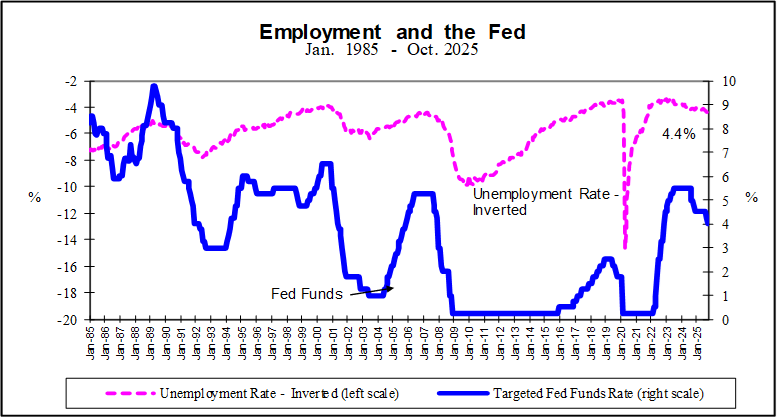
The decision on another 25 basis points cut in the fed funds rate at the December Fed meeting may be a close call. Currently, the financial markets are pricing in the expectation that they will cut, but probabilities have been moving back and forth in recent weeks. The risks to employment have increased, and with them, the risks to consumption, the main engine of the economy. The doves on the Fed believe rates remain restrictive and need to move closer to neutral, a level that neither stimulates nor restricts economic activity. As for the other mandate, they believe the staggered pass-through of tariffs will keep inflation elevated for a while, but the inflationary effects will subside gradually. Others express concerns that inflation remains stubbornly high and question whether further rate cuts can solve structural issues at play in the jobs market. Whether the Fed cuts in December or holds back, there seems sufficient sentiment on the Committee to expect additional cuts moving into 2026.

 Full Fusion
Full Fusion